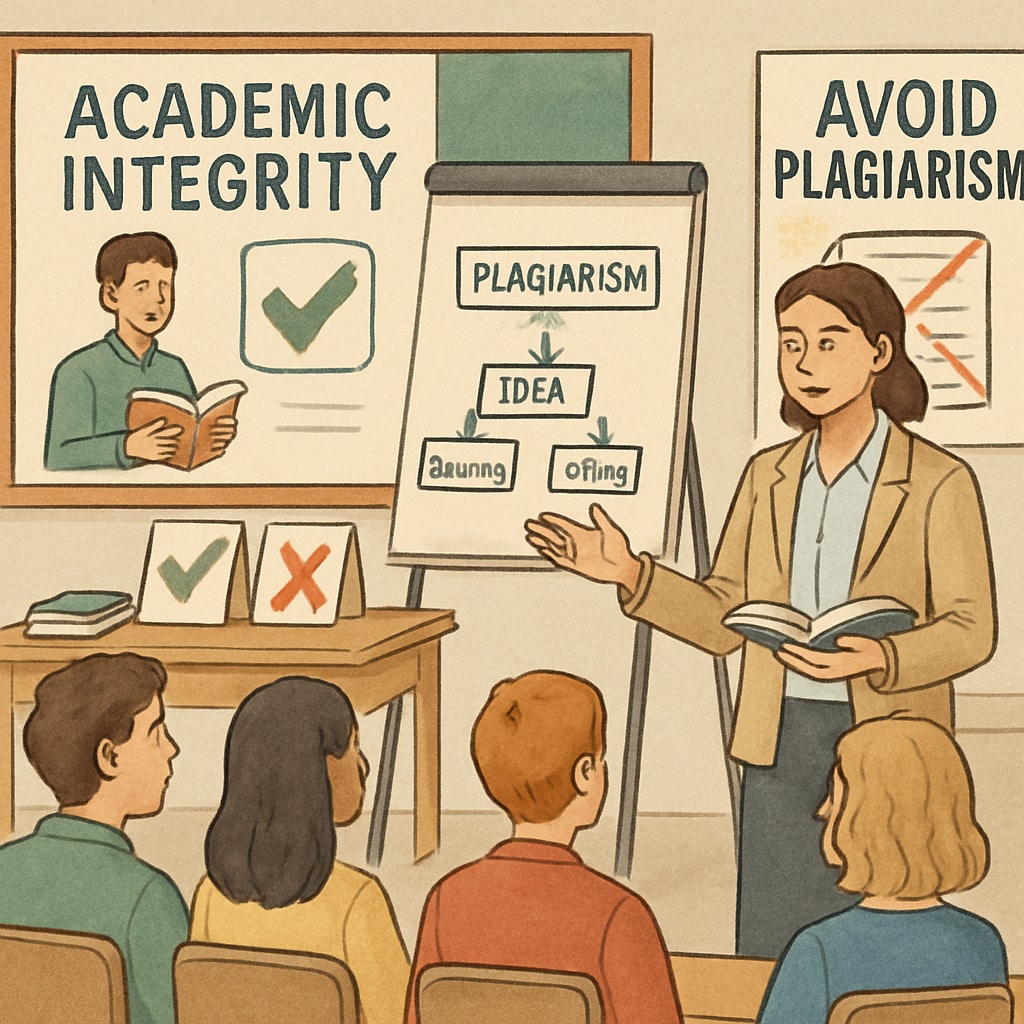Accusations of academic misconduct, such as plagiarism, can have lasting consequences on students, particularly in the K12 education environment. A professor or teacher accusing a student of academic dishonesty without sufficient evidence not only jeopardizes the student’s academic record but also affects their mental well-being and the trust they place in educators. In this article, we will explore the implications of unfair academic integrity accusations and discuss strategies to create a transparent, fair, and supportive academic evaluation system.
The Impact of Unfounded Academic Misconduct Allegations
When a K12 student is falsely accused of academic misconduct, the emotional and psychological toll can be significant. Students, particularly those in their formative years, often view their teachers and professors as authority figures whose opinions carry weight. An accusation of plagiarism or cheating can lead to feelings of shame, anxiety, and even depression. For some, it may result in a loss of confidence in their abilities, creating long-term academic disengagement.

The damage goes beyond individual students. Classrooms thrive on trust, and when students perceive that their teachers are quick to judge or accuse without evidence, it can erode the broader educational environment. According to research from Britannica, fostering academic integrity requires mutual respect and clear communication of expectations, which can break down when trust is compromised.
Why Misunderstandings Occur in Academic Evaluations
Unfair accusations often stem from a lack of understanding or a flawed evaluation process. Here are some common reasons why such situations arise:
- Unclear Guidelines: Educators may fail to clearly communicate what constitutes plagiarism or academic dishonesty, leaving students uncertain about acceptable practices.
- Subjective Judgments: Teachers sometimes rely on subjective impressions rather than concrete evidence when evaluating a student’s work.
- Technological Errors: Plagiarism detection tools, while useful, are not infallible. False positives can occur, leading to unjustified accusations against students.
For instance, as noted by the Wikipedia entry on academic integrity, overuse of automated plagiarism tools without human oversight can lead to misinterpretations, particularly when students unknowingly use common phrases or cite sources incorrectly.
Building a Transparent and Fair Academic Evaluation System
To address these challenges, educators and academic institutions must work together to establish a system that prioritizes fairness, transparency, and trust. Below are actionable recommendations:
- Provide Clear Expectations: Educators should offer detailed guidelines outlining what constitutes academic misconduct, supported by examples and training sessions for both students and teachers.
- Promote Open Communication: Students should feel comfortable discussing their concerns and defending their work if accused. Establishing an appeals process can protect students from unjust penalties.
- Use Plagiarism Tools Responsibly: Ensure that plagiarism detection software is used as a supplementary tool rather than a definitive judgment. Teachers should verify results manually before making accusations.
- Focus on Education, Not Punishment: When misconduct is identified, the response should center on educating the student about proper practices rather than imposing harsh penalties.

By implementing these practices, educators can foster a culture of trust and accountability. This not only benefits students but also enhances the credibility and effectiveness of academic institutions.
Conclusion: A Call for Balance and Empathy
False accusations of academic misconduct represent a serious challenge in K12 education. They risk undermining students’ trust in educators, damaging mental health, and creating a toxic learning environment. However, by emphasizing fairness, empathy, and open communication, teachers and educational institutions can protect academic integrity while preserving the dignity and well-being of their students. Ultimately, the goal is to create a collaborative atmosphere where students feel supported in achieving genuine academic success.
Readability guidance: This article uses concise paragraphs, clear examples, and actionable recommendations to ensure accessibility for a broad audience. Efforts have been made to limit the use of passive voice and overly complex sentences while maintaining a professional tone.


